Worn-out struts can create issues, such as a symphony of noises and a harsh ride, that make your car extremely uncomfortable. Furthermore, struts that are well-past their prime can cause issues that affect vehicle safety.
With that in mind, you might be wondering how you can tell if you have a bad strut.
Let’s find out.

What are the Signs of a Bad Strut?
Many vehicles have a MacPherson strut-style suspension. With this design, there’s a type of shock absorber, called a MacPherson strut, behind each wheel. Each strut is integrated into a single assembly with one of the vehicle’s coil springs.
Struts dampen the oscillations from the vehicle’s suspension springs—just like a traditional shock absorber would (learn more about the differences between struts and shocks)—while also acting as a structural part of the suspension.
Front MacPherson struts also serve as a pivot point for the steering system.
Note: There’s also a less common type of strut assembly, called a modified strut, that does not include a coil spring.
Your car’s struts are considered a wear item that eventually needs to be replaced. When the struts wear out, you may notice one or more of the following symptoms:

Strut noise
Some worn-out struts (but not all) will make noises that can alert you to their declining state. Bad strut sounds are usually described as a hollow clunking or banging type of sound. You’ll typically hear the noise when the vehicle is traveling over irregularities in the road.
Most front strut assemblies also have a bearing at the top. The bearing allows the strut assembly and, therefore, the steering knuckle to pivot when the driver turns the steering wheel.
It’s also possible to get a bad strut mount sound—an audible clunking or creaking when turning the steering wheel.

Rough ride
When the strut can no longer do its job, the oscillations from the suspension spring are not properly controlled. The result is a rough ride when traveling over bumps. If not addressed, the struts can eventually wear to the point that they cause the vehicle to “bottom out”—meaning the spring compresses enough to reach its limit of travel.
Reduced handling ability/braking performance
Worn-out struts can cause the vehicle to squat or dive upon hard acceleration/braking and lean when going into corners. A worn strut bearing can also cause the steering to feel notchy or make the steering wheel difficult to turn. Issues such as these can lead to a reduction in handling and braking performance that affects the overall safety of the vehicle.
Abnormal tire wear
Cupped tires are a classic sign of worn-out struts. Because the strut cannot properly dampen the spring, the wheel/tire assembly bounces up and down while driving. As a result, the tires develop high and low spots across the tread, referred to as “cupping.”
There are also instances where worn strut mounts can throw off the car’s front-end alignment, leading to excessive wear on the inside or outside of the tire tread.
Hydraulic oil seepage
A typical strut is filled with hydraulic oil. Over time, the seals of the strut can fail, allowing that oil to seep out. When that happens, you’ll notice an oily buildup on the outside of the strut.

How Long Can You Drive with Bad Struts?
In theory, you can continue to drive with bad struts. But as was mentioned, worn-out struts not only make your car uncomfortable, but they can also have a negative effect on vehicle safety. Plus, there are instances where worn struts can cause accelerated wear to other parts of your vehicle.
For these reasons, you should address the issue as soon as possible.
If you have the know-how, you can attempt to replace the struts yourself. Keep in mind, however, that you will need to compress the coil spring if you’re replacing just the strut cartridge. Compressing the spring is extremely dangerous, so you need to be certain that you have the tools and knowledge to do the job right. Always follow a repair manual for the recommended replacement procedure.
Watch these videos to get an idea of how to replace your struts:
Of course, you can avoid having to compress the spring by installing a “quick strut” assembly, with the spring, bearing, and mount pre-assembled. However, the job can still be dangerous if you don’t know what you’re doing, which is why it’s best to have a professional replace the struts if you’re uncertain of your abilities.
Regardless of which route you choose, once the new struts are installed, you’ll wonder how you lived with a clunky, bumpy car for so long.
Where to Get a Strut for Your Vehicle
If you don’t want to experience a rough ride with loud banging sounds when traveling across uneven surfaces, don’t delay replacing your bad struts. Here at CarParts.com, you can take your pick from only the best brands, and get struts that are built to last.
We have aftermarket struts compatible with various vehicles, so you’re sure to find one that fits your ride. Use our vehicle selector to start browsing our selection of high-quality struts, and check out our search filters to narrow down the products according to your preferred price range and brand.
Got questions about our products? We’re here to help. Our team is available 24/7 to answer your queries and help with your orders.
Order your strut replacements today, and get them in just a few days. Check out our products now and enjoy the best deals!
Products Mentioned in this Guide
Shop this Project






Any information provided on this Website is for informational purposes only and is not intended to replace consultation with a professional mechanic. The accuracy and timeliness of the information may change from the time of publication.


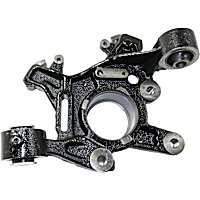 Steering Knuckle
Steering Knuckle
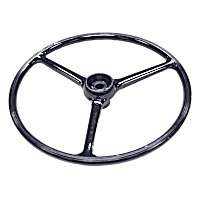 Steering Wheel
Steering Wheel
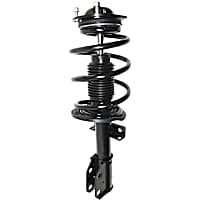 Shock Absorber and Strut Assembly
Shock Absorber and Strut Assembly

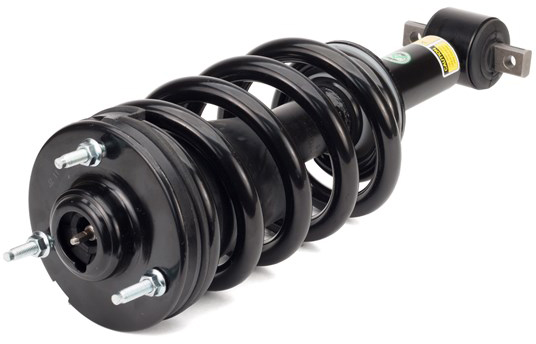
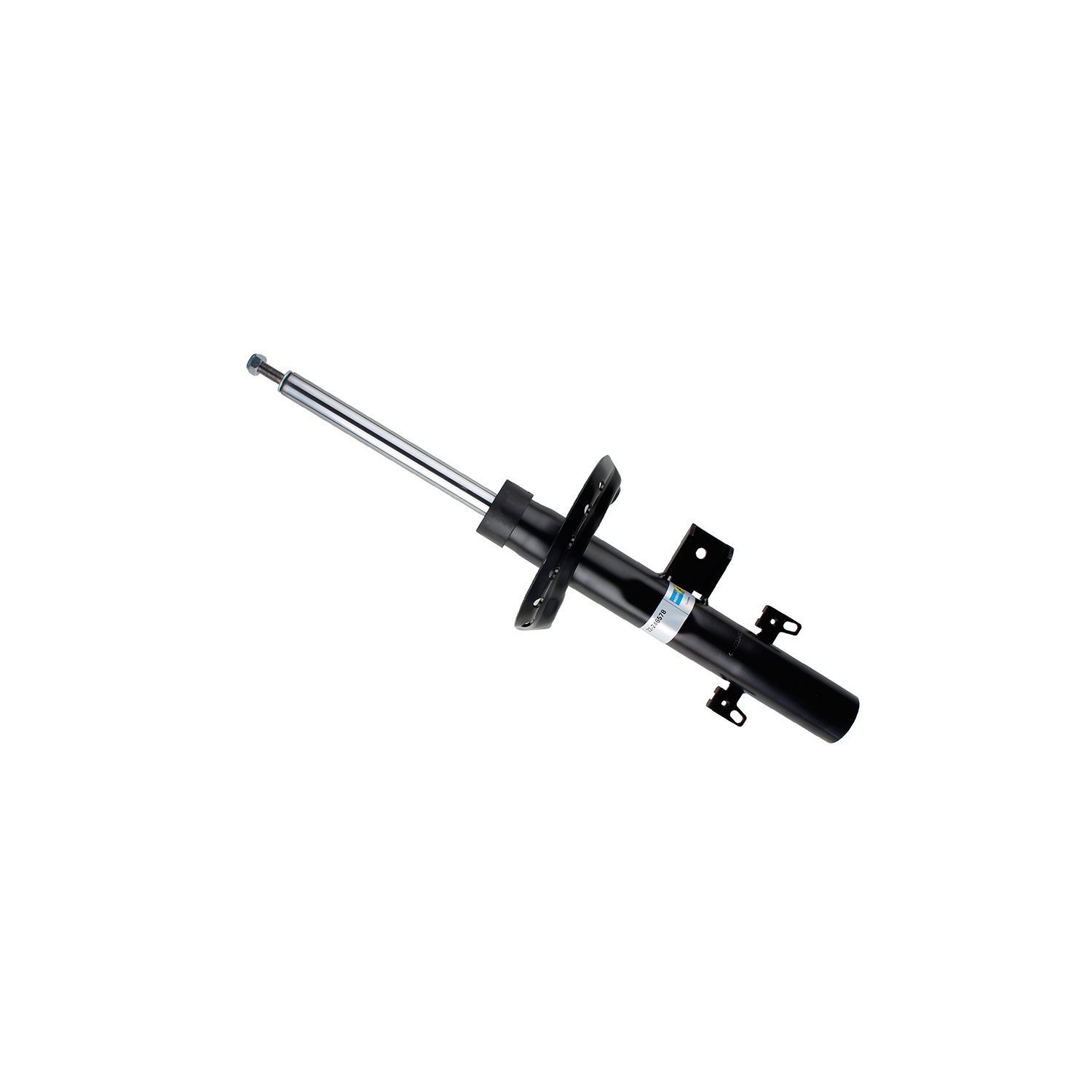

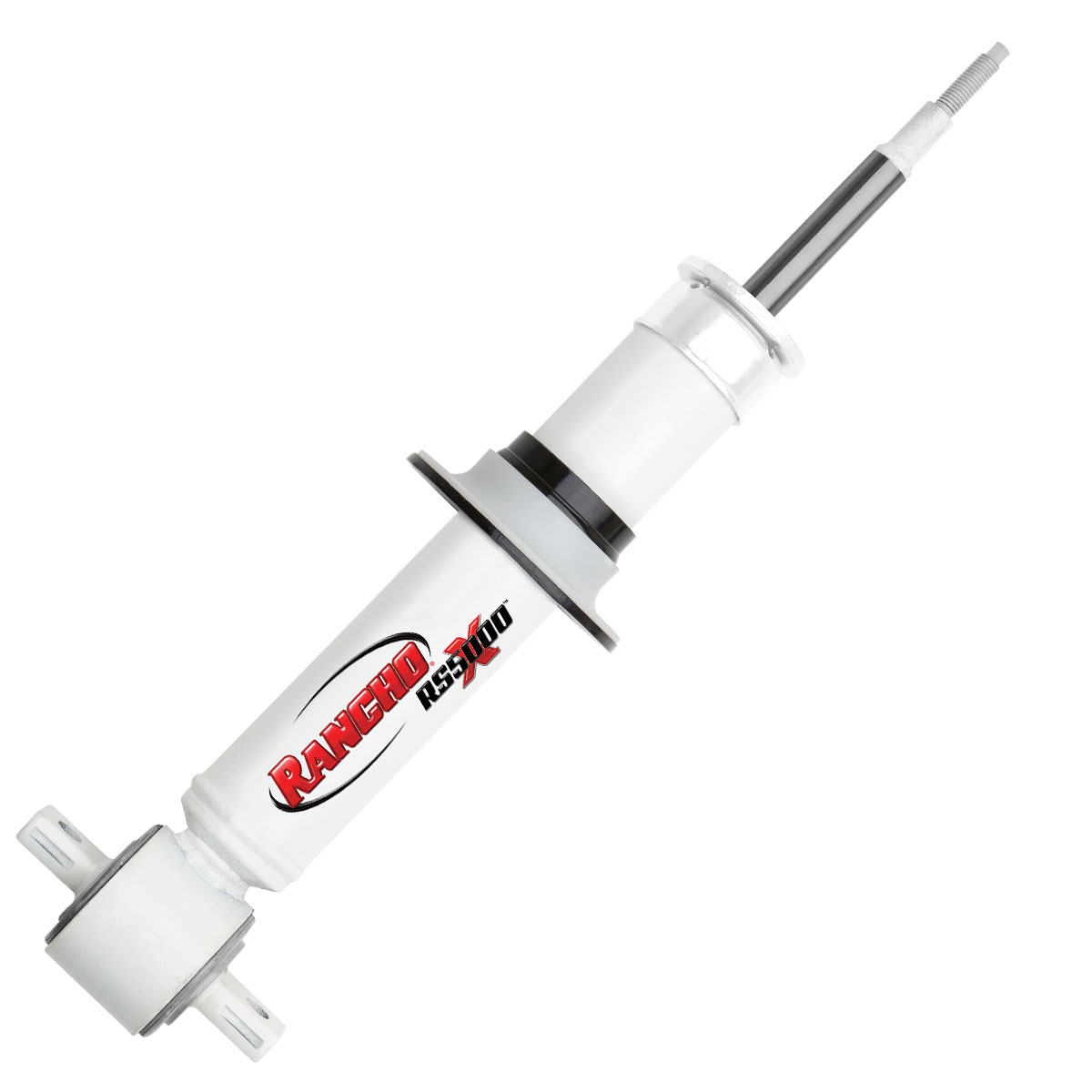
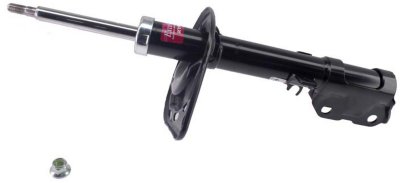



























I would like to be able to know specifics in what I will need in order to do the job entirely, such as socket set sizes to take it all down and what issues I might run into during the job, and while I’m in there what else should I be on the look out for considering that I hit a curb doing somewhere near the speed of 45-55 mph getting on the highway and is the main reason for me needing to replace my struts to begin with. I’ve already replaced the tire that was blown on impact and caused my traction control light to start flashing on my dash’s signaling icon then had my wheel bearing replaced on the driver side as well as my tie rod too and paid for an alignment that obviously will have to be done again once the struts are installed.
I was considering doing the replacement myself but after reading this I’m totally screwed, I bought the quick strut for both driver side and passenger side in front ….but now I’m broke from barely affording to buy both of those.